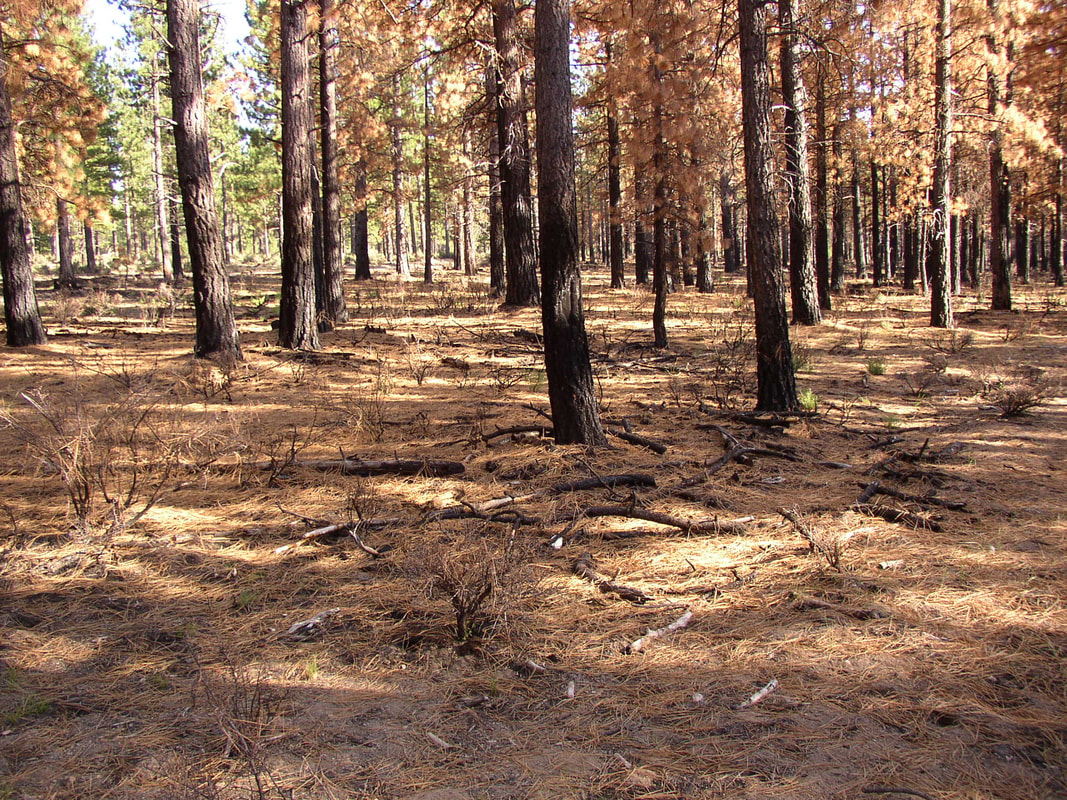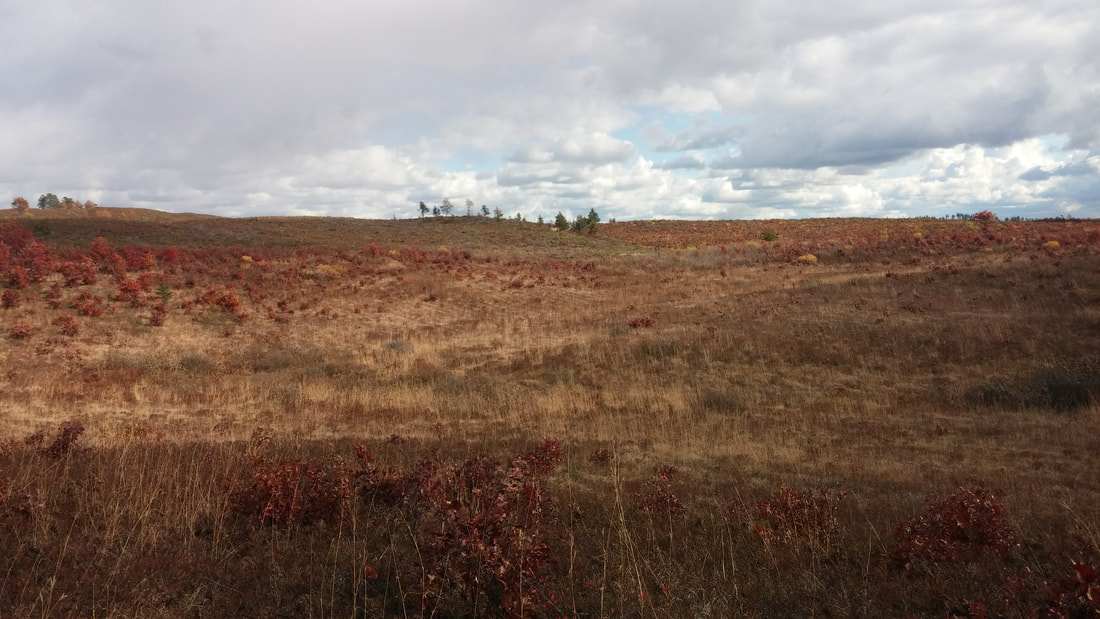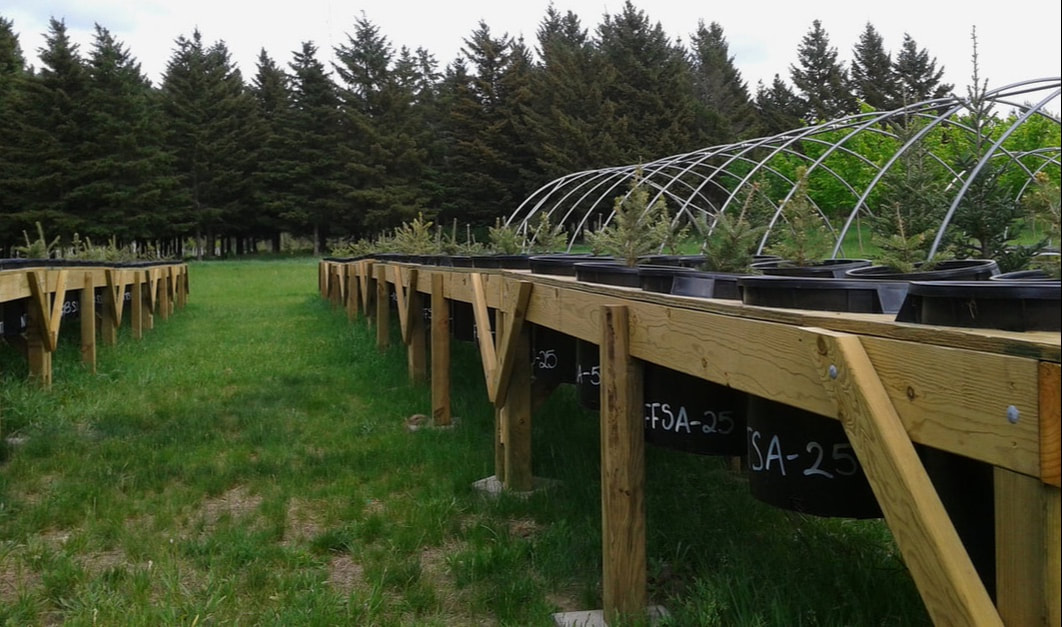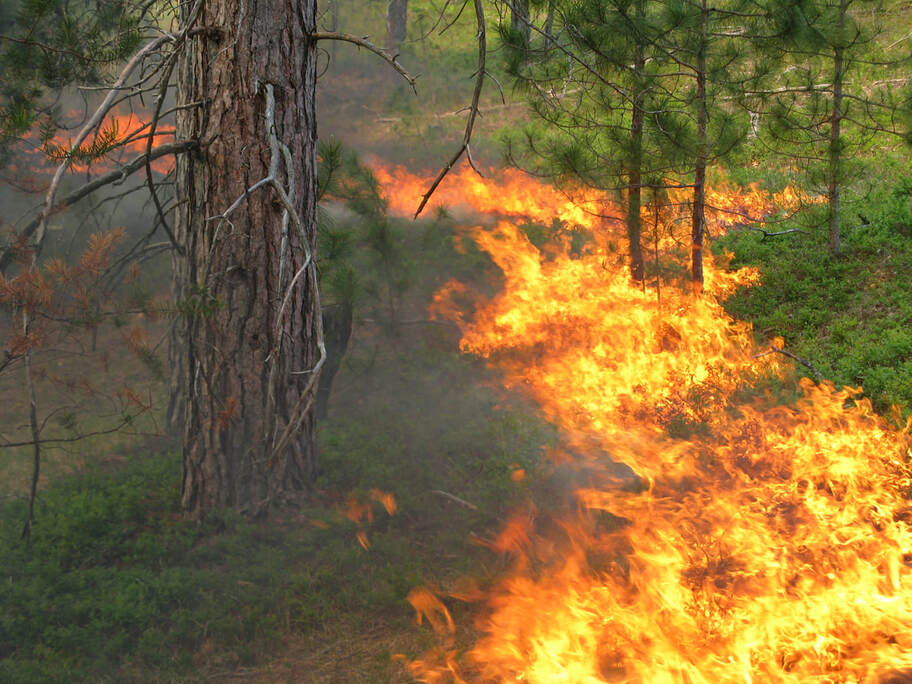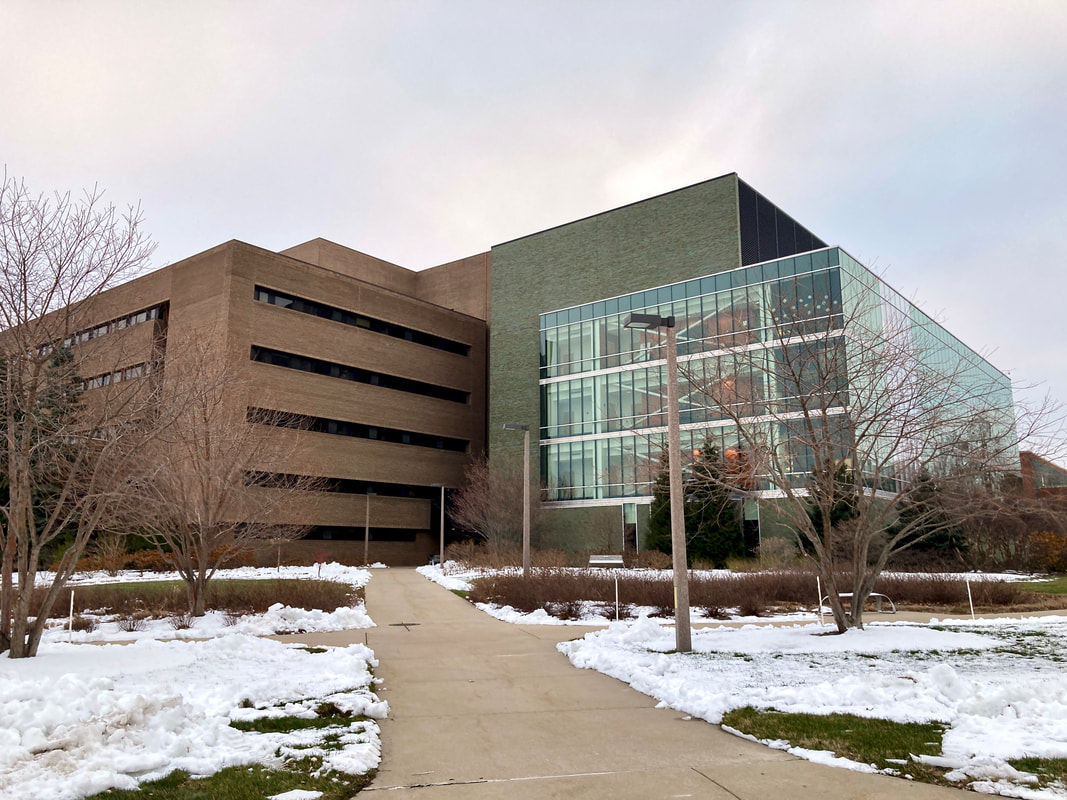Publications
For the most up-to-date list of my publications, please visit my Research Gate and Google Scholar profiles.
Pyrogenic Carbon in Fire-Prone Forests
Pyrogenic carbon is produced via thermal decomposition of organic material, and is among the most stable forms of carbon. Many studies have shown that it plays a significant role in nutrient availability and plant growth in managed agricultural systems, but our understanding of the formation and function of black carbon in fire-prone temperate coniferous forests is limited. We are investigating rates of black carbon formation during wildland fires, and its role in post-fire ecosystem processes such as carbon and nitrogen cycling. Our current projects are located in boreal forest in Minnesota, jack pine (Pinus banksiana) forest in Michigan, pine barrens in Wisconsin, and mixed-conifer forest in California.
Manipulating Soil Heating Patterns to Optimize Barrens Restoration
Prescribed fire can be used to reduce fuel loads and fire risk while also reintroducing fire as an important natural disturbance. How much soil heating is necessary to effectively restore and expand critically endangered ecosystems such as open barrens and pine savannas? We are working with the USDA Forest Service Northern Research Station and the Chequamegon-Nicolet to address this question, and to investigate the effects of prescribed fire and soil heating on soil nutrients, nutrient cycling, seed bank composition, and vegetation.
Biochar Amendments in Sandy Soils
Bioenergy systems that use gasification or pyrolysis processes may produce black carbon as a waste product; this “char” residue may be useable as a soil amendment (biochar) and contribute to increased soil water holding capacity, nutrient availability, and plant growth. These desirable effects are particularly important in nutrient-poor, sandy soils in which agricultural crops (including tree seedlings) are prone to drought stress. We are investigating best-management practices for biochar application to sandy soils, using the char residue from regional bioenergy facilities. Information from this research area is relevant for developing biochar application guidelines that contribute to environmental protection, carbon sequestration, and establishment of a sustainable, closed-cycle regional bioenergy economy.
Long-Term Effects of Prescribed Fire in Red Pine Forests
Prescribed fire is a management tool that can be used to maintain or restore habitat and species composition, to decrease forest fuels and fire risk, and to restore forest structure and ecological function. How long do the effects of prescribed fire persist? This study investigates persistent fire effects on pine regeneration, tree growth, woody plant encroachment, forest floor and mineral soil properties, and fuel accumulation in a long-term research study initiated in 1959 in a red pine forest ecosystem. This project is conducted in collaboration with the USDA Forest Service Northern Research Station.
Fire Science Knowledge Exchange: Lake States Fire Science Consortium
The Lake States Fire Science Consortium (LSFSC) is one of 14 regional fire science consortia supported by the Joint Fire Science Program. The purpose of the LSFSC is to provide the best available fire science information to support the management of fire-adapted ecosystems in the Lake States region, which includes portions of Michigan, Minnesota, Wisconsin, Ontario and Manitoba. We work across disciplines and organizational boundaries, seeking to be inclusive, neutral science partners that provide information, resources and opportunities that are end-user driven. We operate collaboratively and strive to be innovative in the ways that we facilitate dialog among Consortium partners and promote the exchange of region-relevant fire science information.
Intersections Between Ecology and Environmental Justice: Understanding the Role of Ecology in Society
Environmental justice (EJ) addresses the disproportionate impact of environmental degradation on the poor, indigenous and people of color. EJ developed from the civil rights movement with involvement from faith communities, and is a common link for ecologists, local communities impacted by environmental degradation, indigenous and religious organizations. Effective earth stewardship calls for interdisciplinary collaboration and partnerships between community groups and environmental professionals, and understanding the social and political contexts within which ecological issues are resolved is critical for preparing future ecologists to contribute effectively to sustainable environmental solutions. I offer a graduate-level seminar course focused on exploring intersections between the field of ecology and EJ, including practices for effective communication and engagement with community-based organizations. Together with the EJ Section of the Ecological Society of America, we have offered Special Sessions, Organized Oral sessions, and Workshops that promote dialog about the opportunities for ecologists to contribute to EJ efforts.
The Miesel Lab |
Contact me |
Land acknowledgment
The University of Idaho acknowledges the Fort Hall Shoshone and Bannock peoples, their elders past and present, their future generations, and all Indigenouse peoples, including those upon whose land the University is located.
|
© COPYRIGHT 2021. ALL RIGHTS RESERVED.
